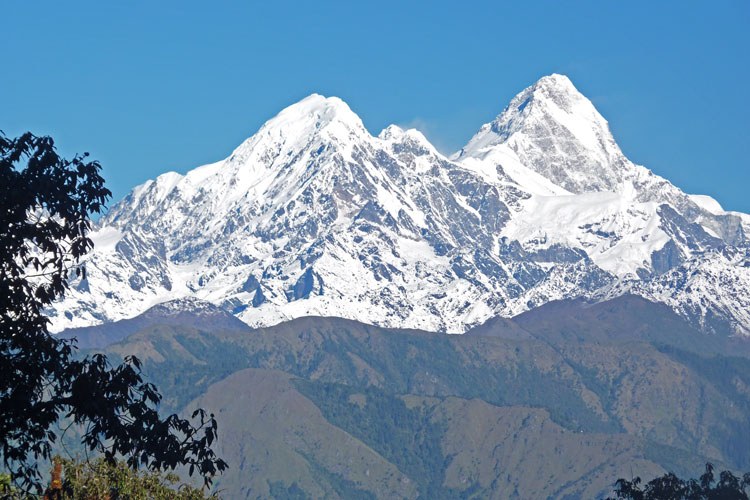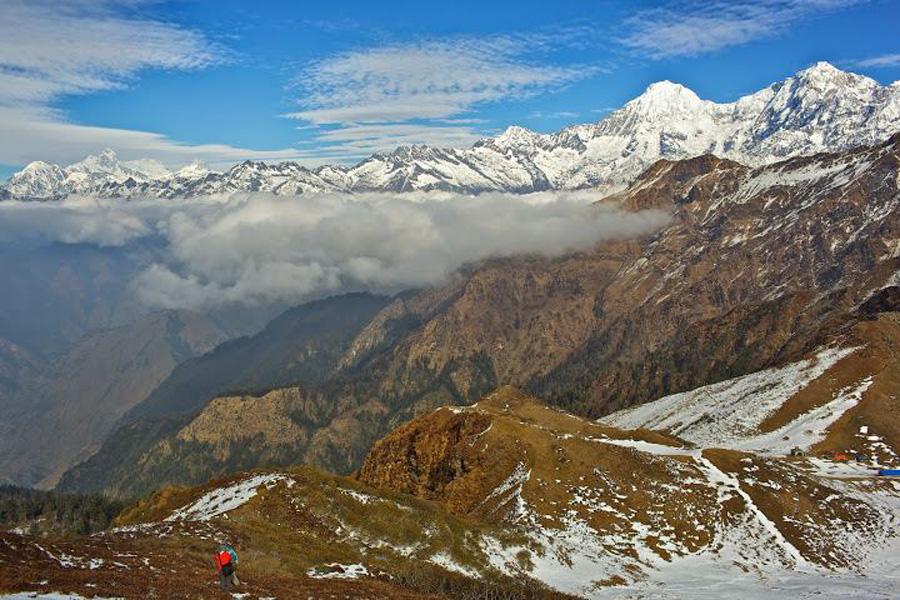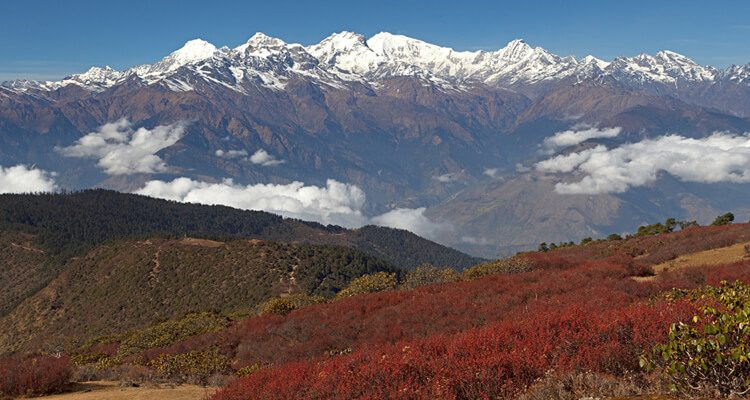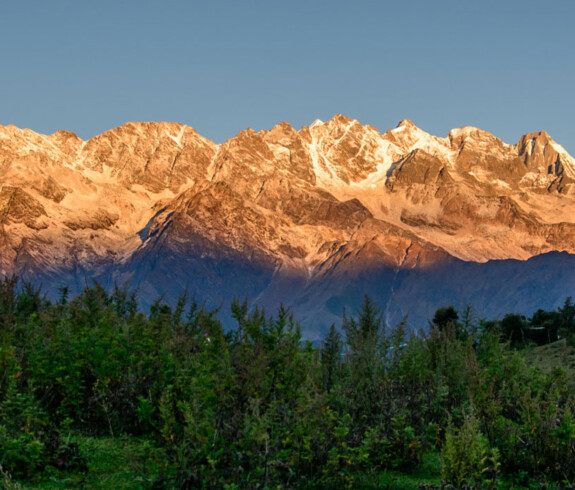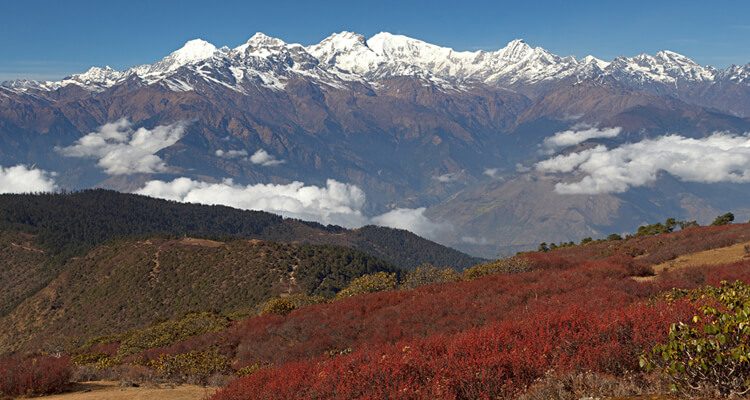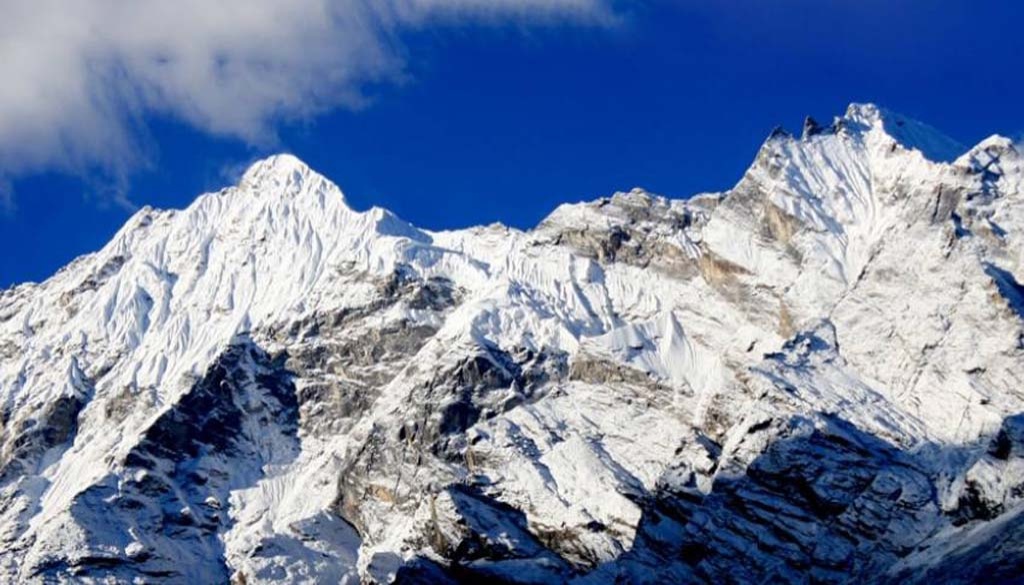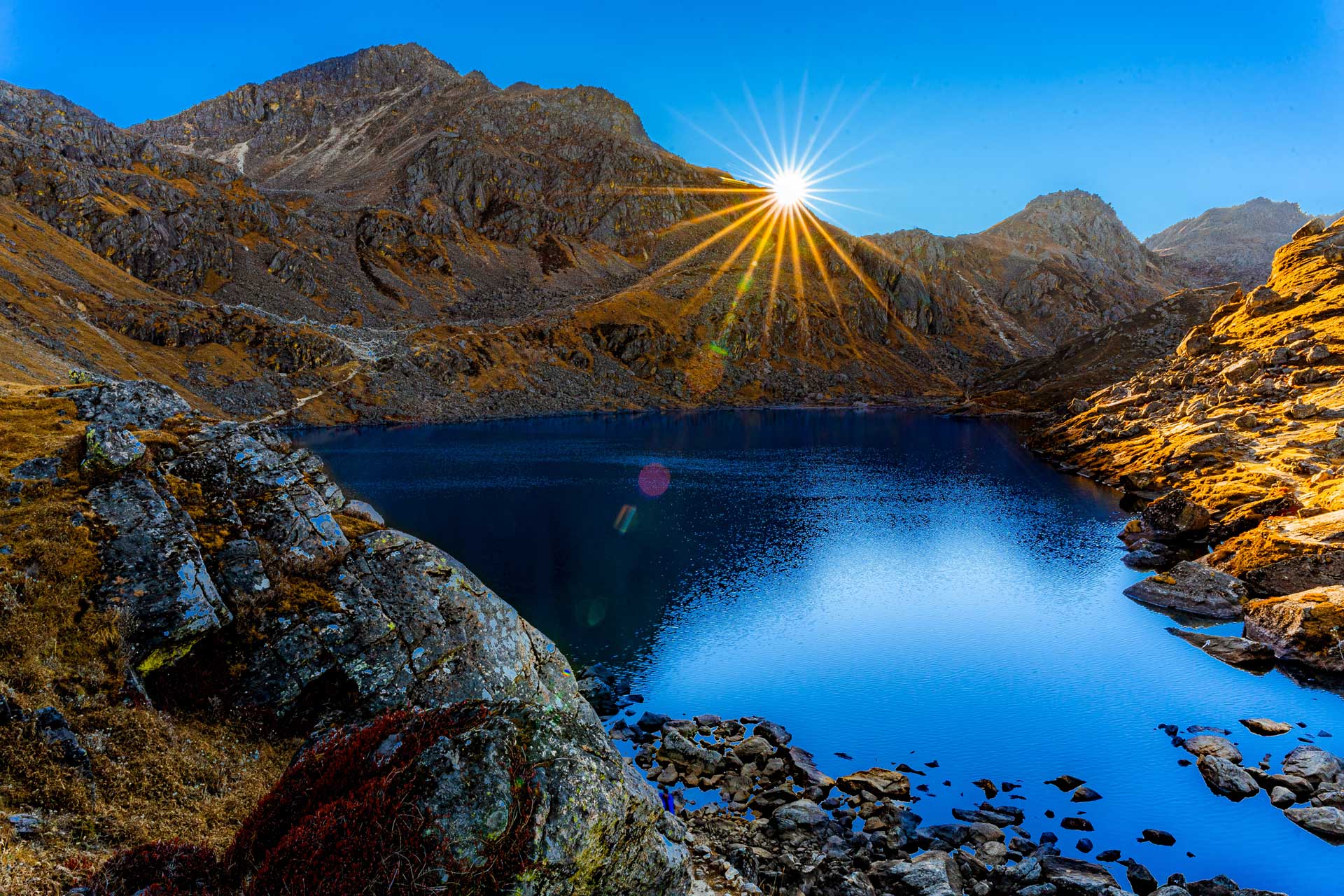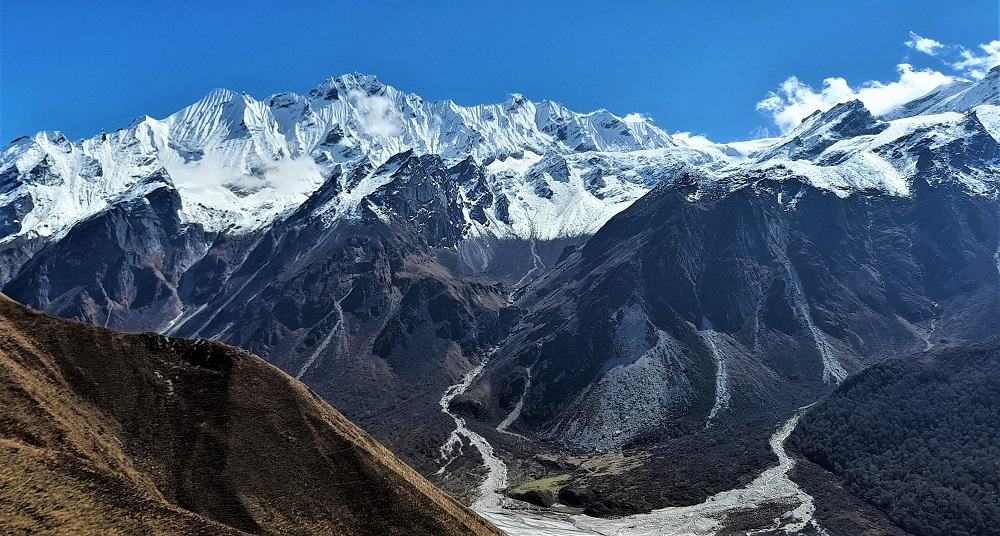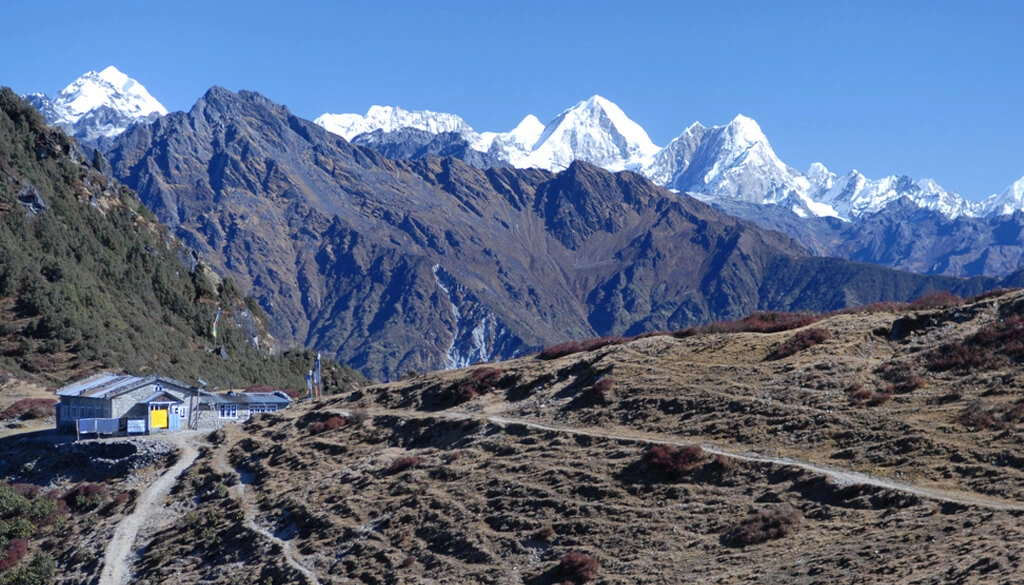Related Packages
11 Days
The Langtang Valley is located only 19 miles North of Kathmandu. The Langtang valley is also known a....
$0
Days
Singla Pass trek is a purely camping and strenuous trek. Singla trekking route passes through many e....
$0
18 Days
Langtang Gosaikunda Helambu trek is recommended for those who seek to explore the Cultural area of H....
$0
16 Days
To cross from Langtang into Helambu, via the Ganja La pass, is serious undertaking requiring good eq....
$0
8 Days
The Helambu region is a relatively low altitude trek and one of the most convenient short trek close....



